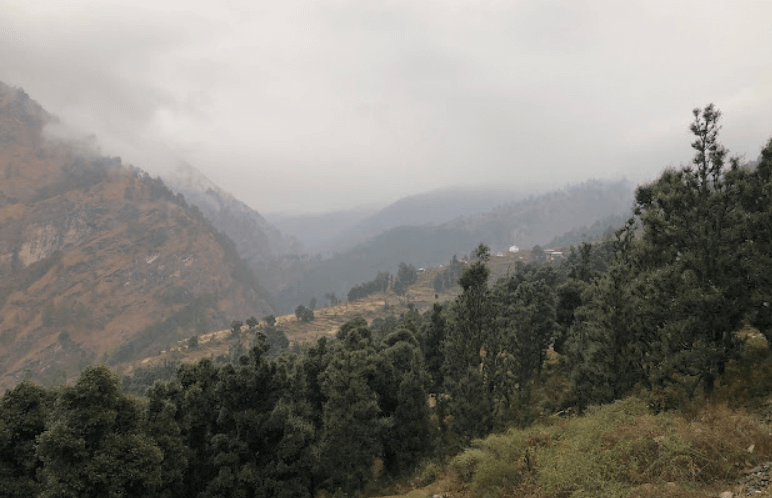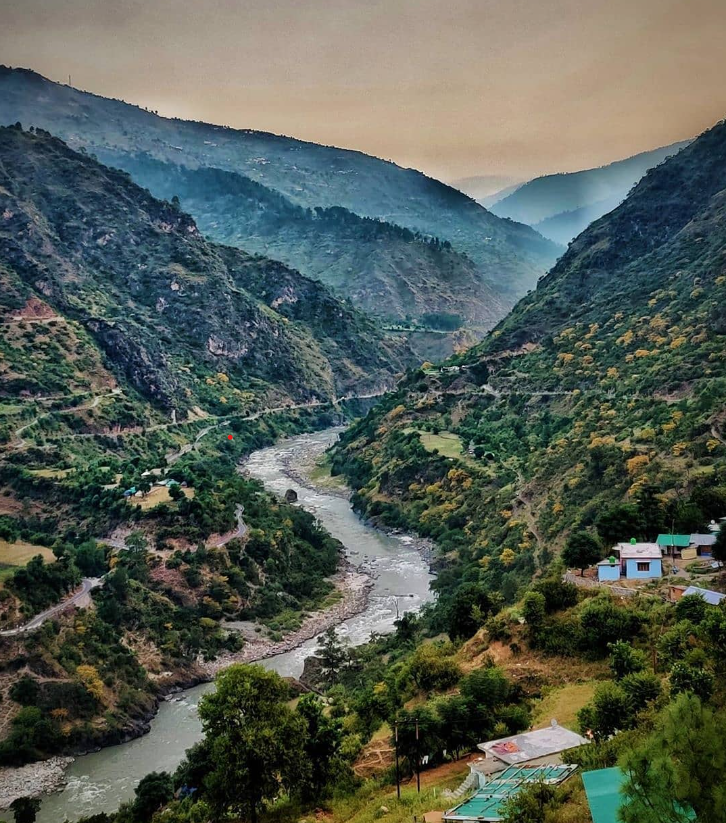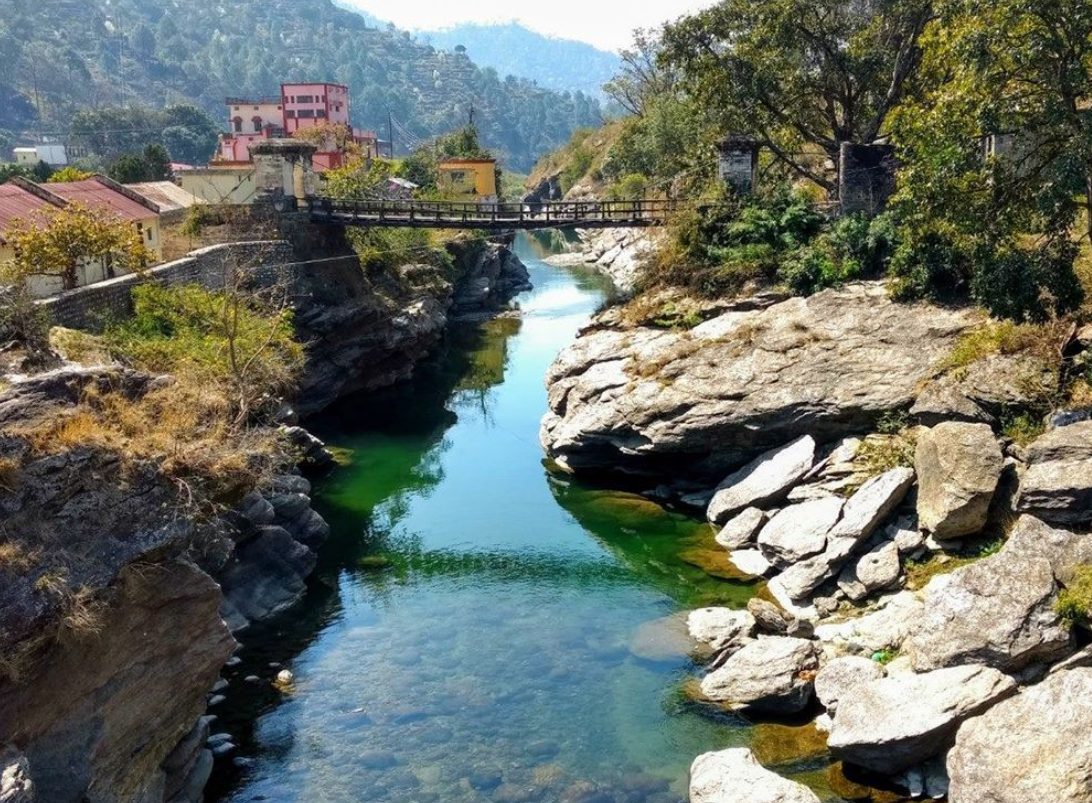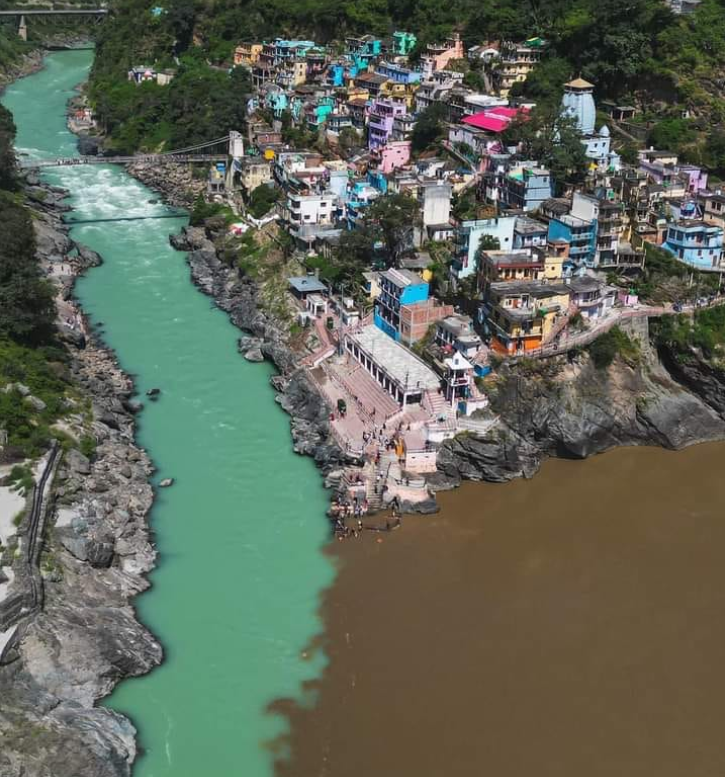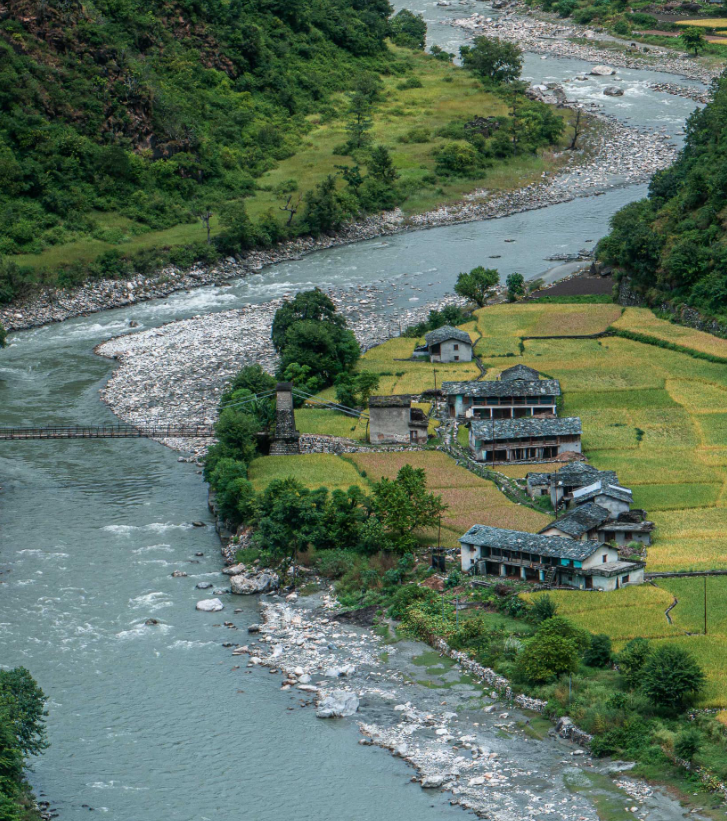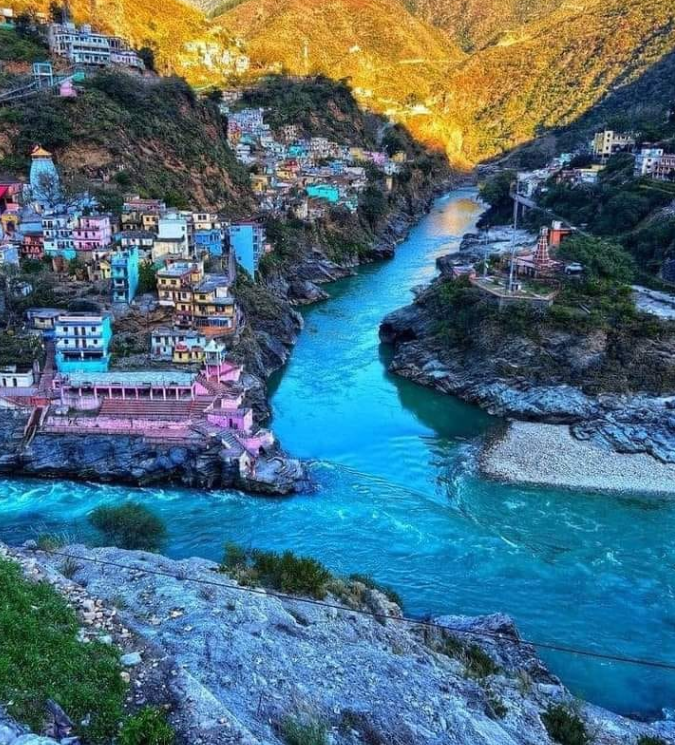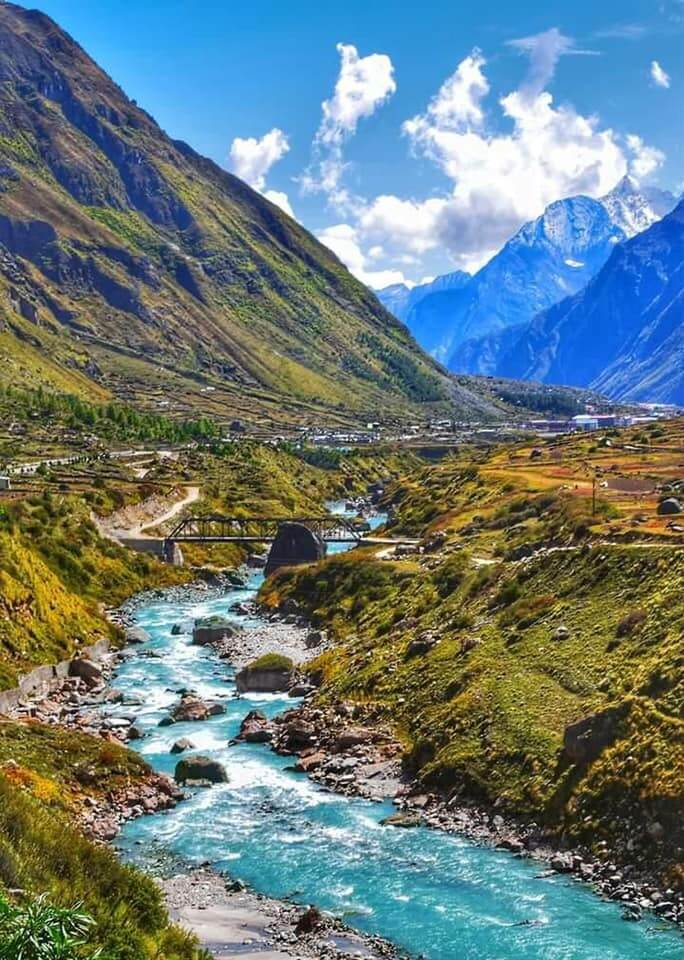The Bhagirathi River is one of the main tributaries of the Ganges River, which holds immense cultural, religious, and ecological significance in India. It originates from the Gangotri Glacier in the Indian state of Uttarakhand, high up in the Himalayas. The river is named after King Bhagiratha, a legendary figure in Hindu mythology who is credited with bringing the river Ganges to Earth from the heavens.

Bhagirathi River Significant cultural and religious importance
The Bhagirathi River, a major tributary of the Ganges, holds immense cultural and religious significance in India. Here’s why:
Hindu Mythology: According to Hindu mythology, the Bhagirathi is believed to be the earthly form of the goddess Ganga. Legend has it that King Bhagirath prayed to Lord Shiva to bring the celestial Ganga down to earth to cleanse the souls of his ancestors. Shiva obliged and released the river from his locks, which now flows as the Bhagirathi.
Pilgrimage: The Bhagirathi, along with the Alaknanda River, forms the Ganges at Devprayag in the Indian state of Uttarakhand. Devprayag is one of the Panch Prayag (five sacred confluences) and is considered highly auspicious by Hindus. Thousands of pilgrims visit these confluences every year as part of their spiritual journey.
Sacred Cities and Sites: The banks of the Bhagirathi are dotted with numerous sacred cities and sites such as Gangotri, the source of the river, which is one of the Char Dham pilgrimage sites. Other important religious sites along its course include Uttarkashi, Devprayag, and Haridwar.
Religious Rituals and Festivals: Devotees perform various religious rituals and ceremonies on the banks of the Bhagirathi. The most significant of these is the Kumbh Mela, which is held every 12 years in Haridwar, where millions of pilgrims gather to take a dip in the holy waters of the Ganges.
Cleansing and Purification: The waters of the Bhagirathi, like those of the Ganges, are believed to have purifying properties. Hindus consider it auspicious to bathe in the river, believing that it cleanses them of sins and paves the way for spiritual liberation.
Cultural Heritage: The Bhagirathi River, along with the Ganges, has inspired countless poets, artists, and musicians throughout history. It has been celebrated in literature, music, and art as a symbol of purity, spirituality, and divinity.
Bhagirathi River: A Tributary of river Ganga
The Bhagirathi River is indeed one of the main tributaries of the Ganga River. It originates from the Gangotri Glacier in the Indian state of Uttarakhand and flows through the Himalayas, eventually merging with the Alaknanda River at Devprayag to form the Ganga River. The Bhagirathi, along with the Alaknanda, is considered one of the two headstreams of the Ganga. The river is highly revered in Hinduism and holds significant cultural and religious importance in India.
Rivers In Uttarakhand
How To Reach Sankri
Sankri is a picturesque village located in the Uttarkashi district of the Indian state of Uttarakhand. It serves as a…
Tons River
The Tons River, also known as the Tamsa River, is one of the important tributaries of the Yamuna River in…
Ramganga River
The Ramganga River is a significant watercourse in northern India, primarily flowing through the state of Uttarakhand. It originates from…
Alaknanda River
The Alaknanda River is one of the two main headstreams of the Ganges River, the other being the Bhagirathi River….
Yamuna River
The Yamuna River holds immense cultural, historical, and ecological significance in India. It is one of the major rivers of…
Ganga River
The Ganga River, also known as the Ganges, holds immense cultural, spiritual, and economic significance in India. It originates from…
Saraswati River
The Saraswati River, named for the Wisdom Goddess, originates in Uttarakhand and is a tributary of the Alaknanda River. At…

